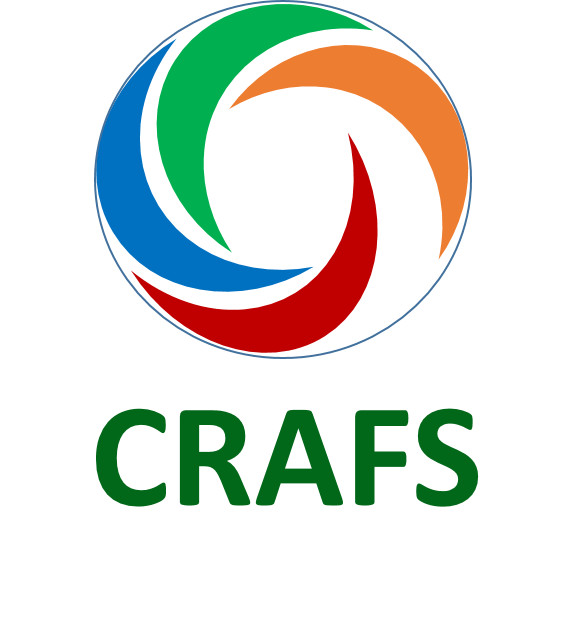Under the VIBE 2018.051 project, on 24th January 2022, the CRAFS team conducted a pre-survey to select a potential site for development of a next climate-smart village in Yen Bai province (Figure 1). Through a series of consultation meetings with district and commune governments, the team selected Tram Tau commune in Tram Tau district for investigating suitability for having a CSV site implemented next. We interviewed local leaders and key farmers about agricultural activities, management practices, and climate impacts on local livelihoods. This pre-survey evaluation played an important step in providing evidence in planning activities for CSV development.

Figure 1. The CRAFS team and local officers conducting field visits for CSV site selection
Located in the south of Tram Tau district, Tram Tau commune is a type III commune – a especially poor commune under the ranking of the 135-program phase II. There are four village with 2,883 inhabitants from 510 households, with most of the total population (98.1%), such as H’Mong and Thai. The poor and near poor rates are relatively high, 29.02% and 8.82%, respectively.

Figure 2. A local house in Tau Tren village, Tram Tau commune
The main livelihood of Tram Tau people comes from agriculture. The major crops are cash crops (upland rice, paddy rice, maize, cassava) and industrial crops (pine and Vernicia montana Lour). The main management practice here is monoculture, especially cassava monocropping (Figure 3). Cattle, pig, poultry are important components of the local livestock system. A large part of livestock is for land preparation and home consumption, only some households manage to make income out of it. The main livestock practice is natural grazing in forests, bush lands or on small pastures. Although many have separated keep area with homestead (Figure 4), manure is still not being treated probably. For example, many farmers still drain livestock wastes to ditches and canals, polluting soil and underground water. Chickens and native pigs are raised freely around homestead and on hillslopes and mainly used for home consumption.

Figure 3. Cassava monocropping.

Figure 4. Cattle are kept away from the housing area
The preliminary results of the pre-survey has provided important information in evaluating agricultural production, climate risks, resources available and needs for change in Tram Tau commune. The CRAFS team will work with local leaders in selecting the most suitable site, designing and planning activities for CSV development. Introducing the CSV model into a type III commune as Tram Tau will help enhance climate adaptive capacity and resilience through nature-based CSA interventions that have worked in the other five established CSVs in all three agroecologies of Yen Bai. This CSV model will later serve as a ‘lighthouse’ for scaling to the whole Tram Tau district.
Do Thi Thu Ha – CRAFS
(1) The VIBE 2018.05 (2019-2022) is funded by the Embassy of Ireland in Hanoi, which aims at scaling the CSV model to all districts of Yen Bai province in 2022. The work has been reinforced by the first successful CSV to be established in Ma village, Vinh Kien commune, Yen Binh district under the CCAFS program in 2015-2018.

 Tiếng Việt
Tiếng Việt